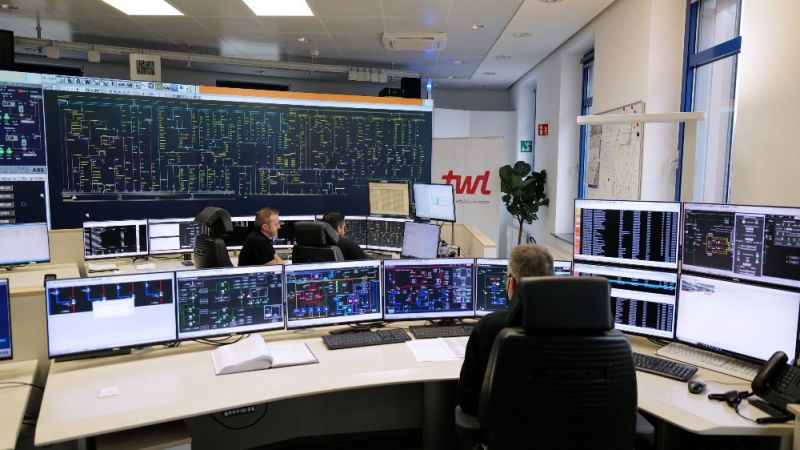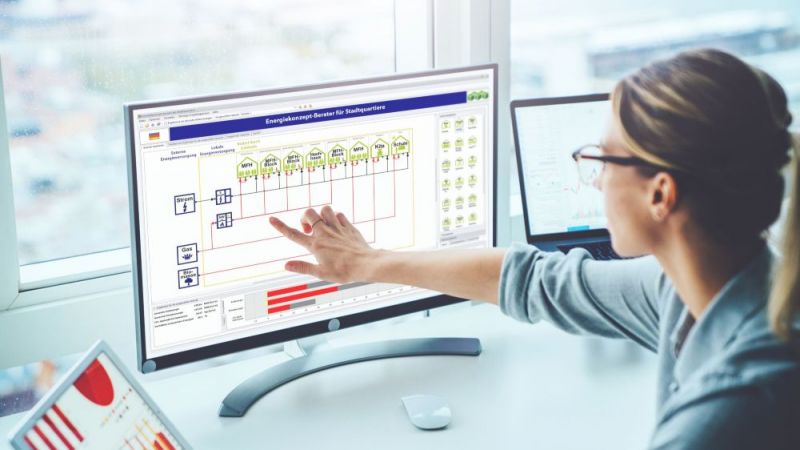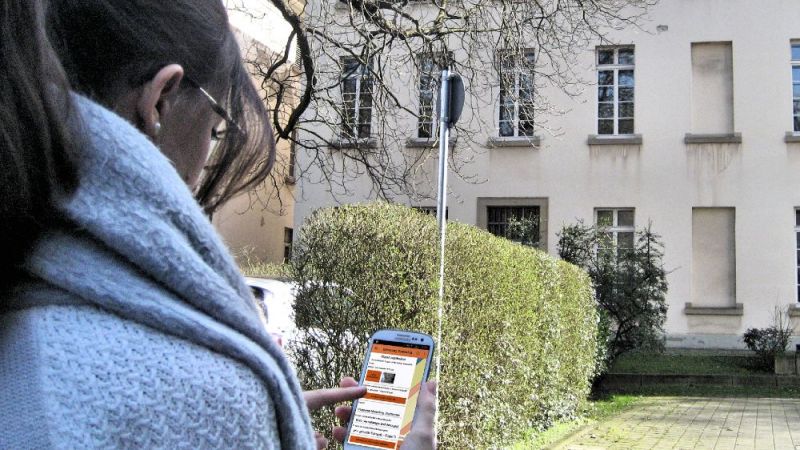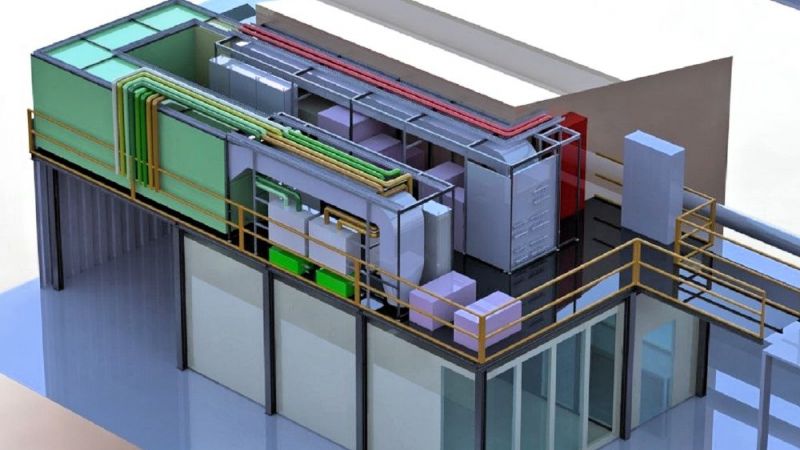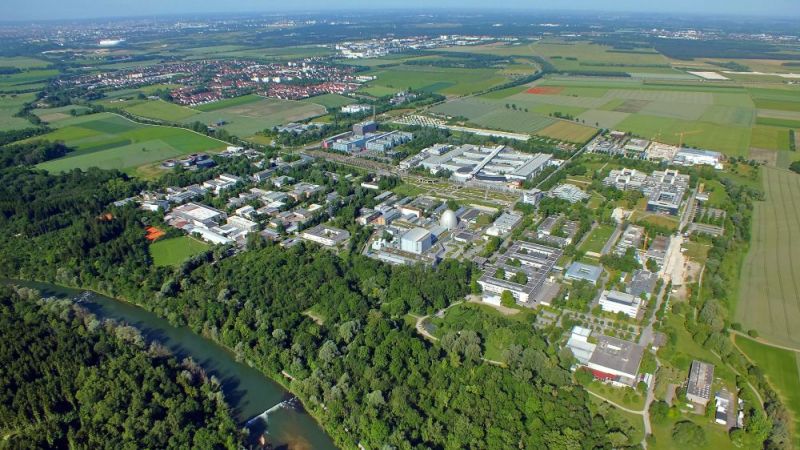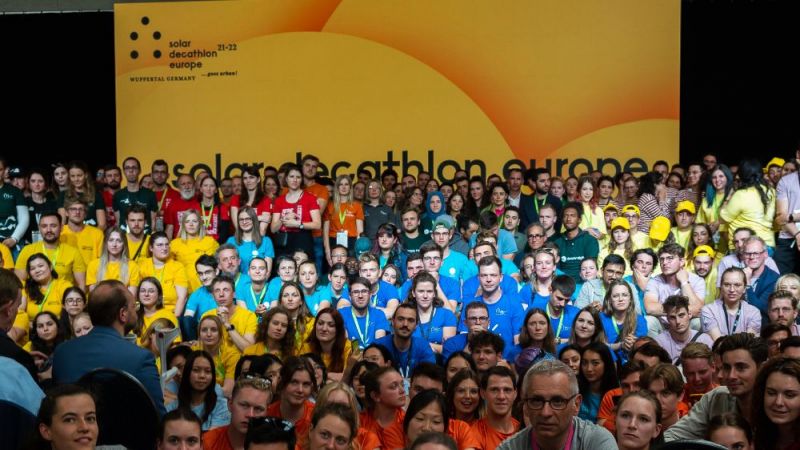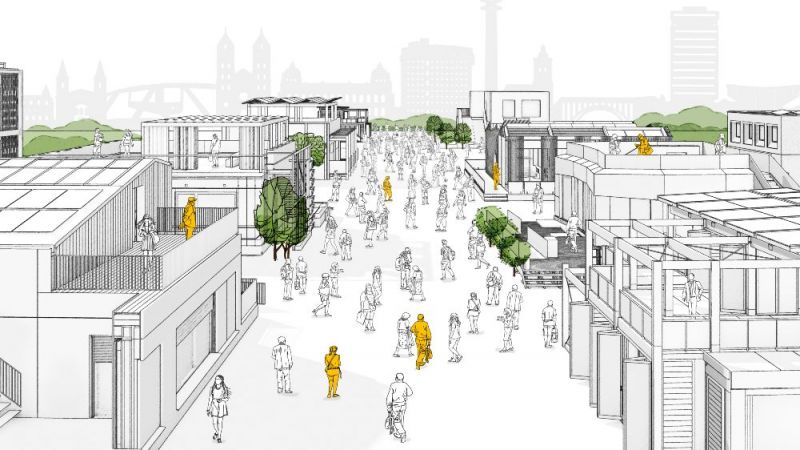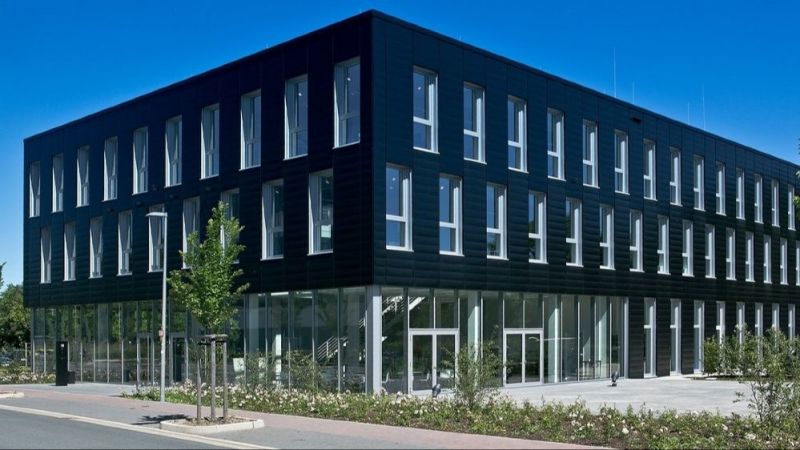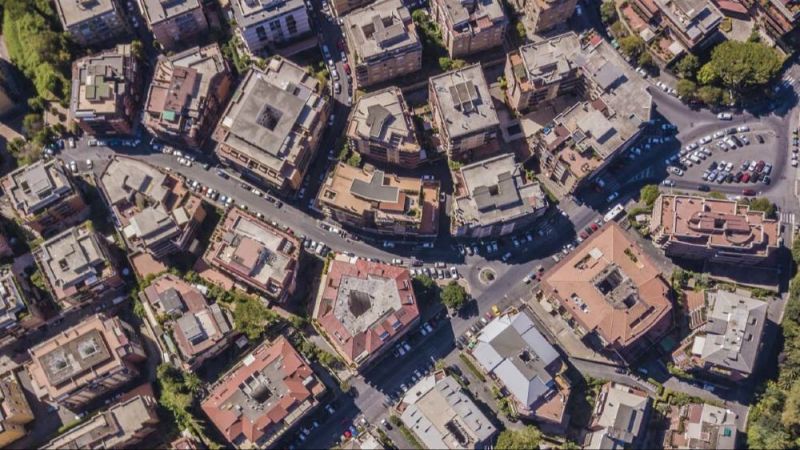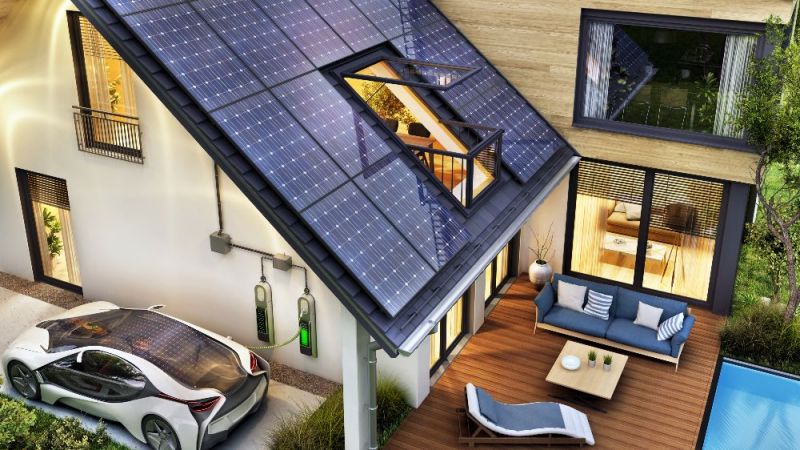
Energy balancing of buildings
EnerCalC – Simplified Energy Balances Based on DIN V 18599
The energy balancing of buildings in accordance with DIN V 18599 has been frequently criticized because of its complexity and resulting time-consuming application. The Excel-based EnerCalC tool, which was developed in 2011 as a learning tool, is particularly suited for characterizing buildings in terms of their energy use during the preliminary design phase.
Calls to simplify the process came soon after the pre-standard series was first published, because the energy balancing of non-residential buildings generally requires extensive zoning of a building, which is associated with a time-consuming process of determining the shell surfaces for each zone.
The EnerCalC calculation tool was created as part of work on a doctoral thesis written by Markus Lichtmeß at the Department of Building Physics and Technical Building Services at the University of Wuppertal and was used to validate methods of simplification for the balancing rules in DIN V 18599. Lichtmeß then developed the calculation tool further and gave it an input interface, thus making it possible to assess the energy use of buildings for teaching and training. EnerCalC was created in 2011.
Focus, idea, approach
With relatively little effort in terms of inputting data, EnerCalC enables the energy requirements of a building to be balanced in accordance with DIN V 18599. In addition to inputting building-related data, it also allows up to 11 different zones (uses) to be defined. Furthermore, the program enables simplified final and primary energy balances, and it also provides information for assessing the respective building as a “net-zero energy building” or “net-positive energy building”. Even the climate emissions are accounted for.
With EnerCalC, the building envelope is recorded on the basis of a single-zone model, whereas the actual energy balancing takes place in the multiple-zone model. The simplified procedure divides the surface area of the building envelope proportionately among the individual zones. A more precise allocation is possible in a subsequent step. Particularly for partially air-conditioned buildings, the accuracy of the results can be increased by additionally defining the actual orientations of the zone-related surface areas of the building envelope (particularly the window surfaces) as part of an extended procedure.
In its implementation as a spreadsheet, the target energy values for a building are graphically depicted as soon as the data is entered or changed. The reference building calculated in parallel to this can be specified in accordance with German or Luxembourgish regulations.
Project partners
The EnerCalC calculation tool was developed as part of work on a dissertation written by Markus Lichtmeß. This dissertation, which is entitled “Vereinfachungen für die energetische Bewertung von Gebäuden” (simplifying the energy assessment of buildings), is available in German as a PDF document.
Milestones and successes
EnerCalC considerably reduces data input and provides much more flexibility. This therefore encourages its use at an early stage of the design and conceptual phases in order to determine the basic energy characteristics of a building. It is also suitable for providing a rough, energy characterization of existing buildings if there is a lack of detailed information. The tool has been continually updated and developed. Since December 2020, the 7th version of EnerCalC has been available with a German, English, or French user interface.
The calculation tool has largely been adapted to DIN 18599 in its current version, however several new additional algorithms have been developed and integrated to allow energy balances to be carried out globally. This expanded balancing model and the calculation of the building’s own energy use from wind power, photovoltaics, and combined heat and power – also in combination with battery usage – can be used to evaluate “net-zero energy buildings”.
Limitations
EnerCalC provides a calculation based on the calculation rules outlined in DIN V 18599 with the following features:
• Results with acceptable accuracy within an appropriate processing time
• Data input reduced to essential aspects
• Option of increasing differentiation of the building model in parallel with the planning process
• Particularly suitable for training as a learning tool (application focus)
The calculation is not 100 % compatible with the results of DIN V 18599. This applies in particular to the calculation of the systems technology, the lack of an iteration calculation, and the newly developed algorithms for calculations with international climate data sets. Version 7 has further removed EnerCalC from the calculation foundations outlined in DIN V 18599 in light of its didactic focus.
Application-ready product
EnerCalC can be obtained from the software developer’s homepage (www.enec.de). There is a link to a contact form on the homepage. Please request the tool using this form, as it is not available for direct download. The link to download the programme is then sent to the email address entered in the form.
Please note that commercial use of the programs is currently not permitted and that each computer must be individually registered with a corresponding licence file. When you launch the program for the first time, you will be instructed on how to request the licence. There is an FAQ section with further information on the developer’s homepage.
Further information and video tutorials
Three tutorials based on version 5 explain how to use EnerCalC in a clear and simple manner and provide useful tips. The manual for EnerCalC 7 can also be viewed once the program is installed.
27.10.2021








